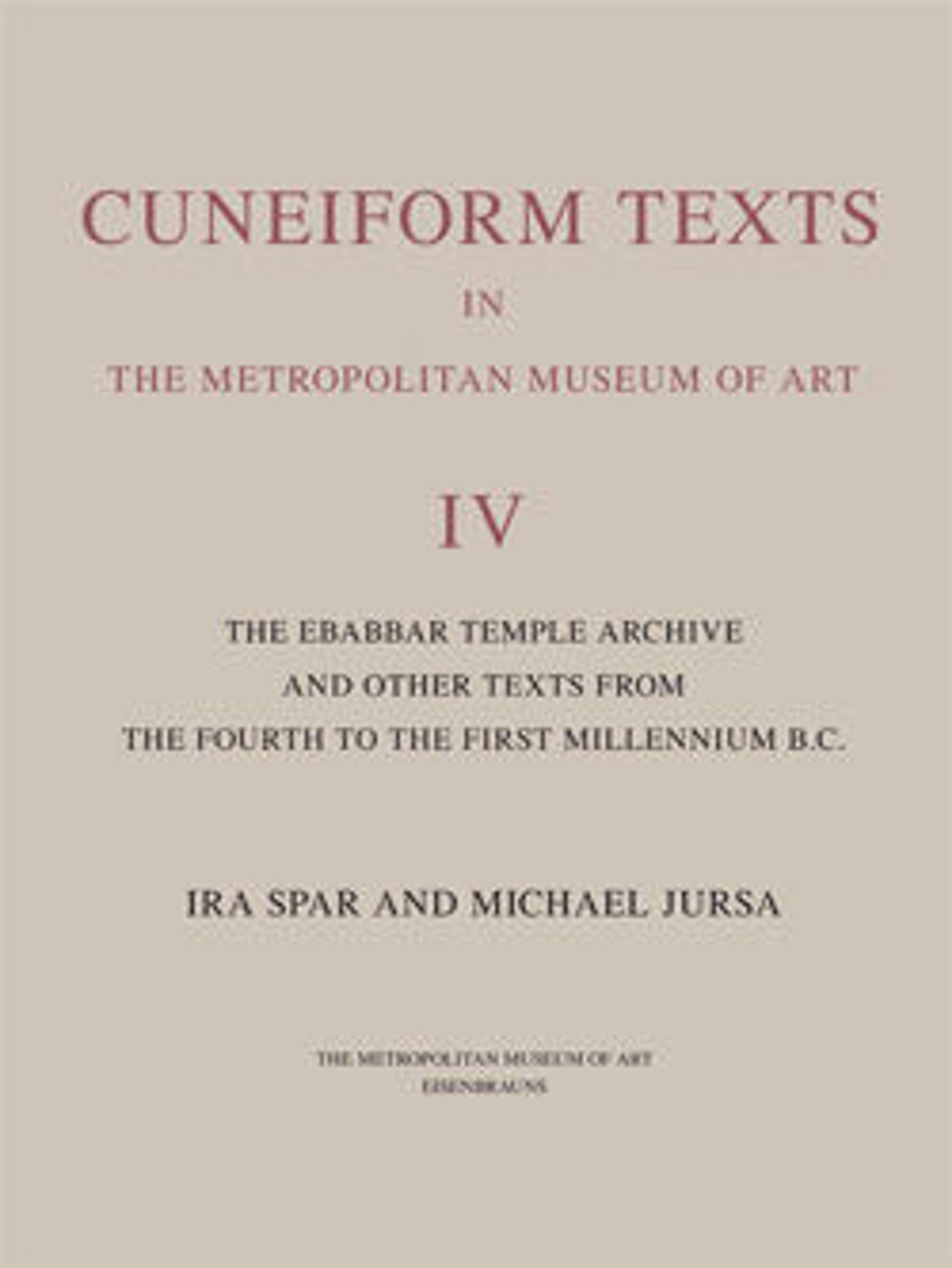Cuneiform tablet: administrative account with entries concerning malt and barley groats
This tablet with early writing most likely documents grain distributed by a large temple. Scholars have distinguished two phases in the development of writing in southern Mesopotamia. The earliest tablets, probably dating to around 3300 B.C., record economic information using pictographs and numerals drawn in the clay. A later phase, as represented by this tablet, reflects changes in the techniques of writing that altered the shapes of signs. Symbols stood for nouns, primarily names of commodities, as well as a few basic adjectives, but no grammatical elements. Such a system could be read in any language, but it is generally accepted that the underlying language is Sumerian. Indeed, by the first half of the third millennium B.C., the script had sufficiently developed to faithfully represent the Sumerian language, and the scope and application of writing was expanded to include written poetry. Nonetheless, even these later scribes rarely included grammatical elements, and the texts, created as memory aids, cannot be easily read today.
Artwork Details
- Title:Cuneiform tablet: administrative account with entries concerning malt and barley groats
- Period:Jemdet Nasr
- Date:ca. 3100–2900 BCE
- Geography:Mesopotamia, probably from Uruk (modern Warka)
- Culture:Sumerian
- Medium:Clay
- Dimensions:1 3/4 × 2 11/16 × 5/8 in. (4.5 × 6.85 × 1.6 cm)
- Credit Line:Purchase, Raymond and Beverly Sackler Gift, 1988
- Object Number:1988.433.3
- Curatorial Department: Ancient West Asian Art
More Artwork
Research Resources
The Met provides unparalleled resources for research and welcomes an international community of students and scholars. The Met's Open Access API is where creators and researchers can connect to the The Met collection. Open Access data and public domain images are available for unrestricted commercial and noncommercial use without permission or fee.
To request images under copyright and other restrictions, please use this Image Request form.
Feedback
We continue to research and examine historical and cultural context for objects in The Met collection. If you have comments or questions about this object record, please contact us using the form below. The Museum looks forward to receiving your comments.
